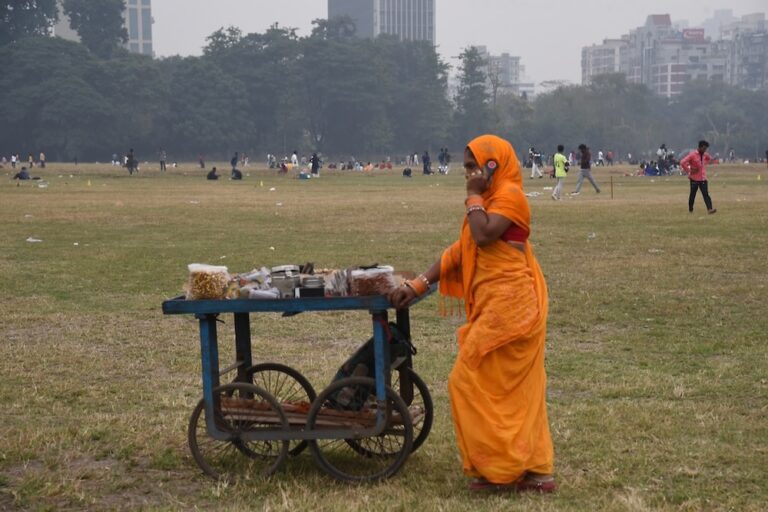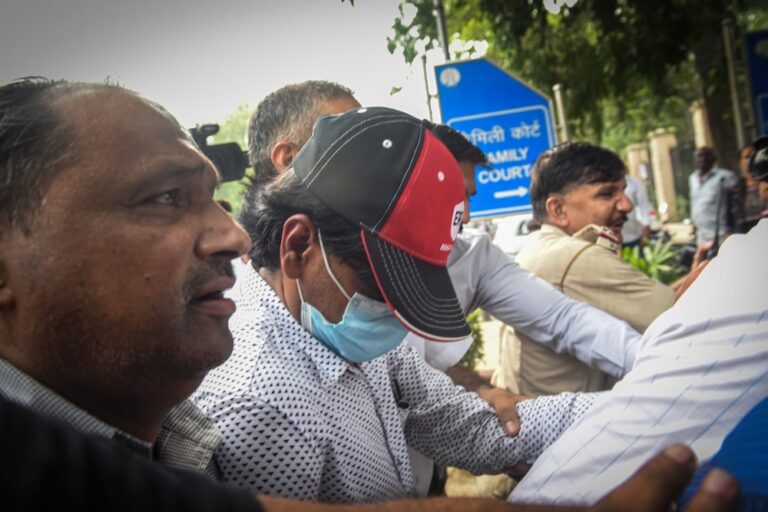For the safety of journalists and other people on the streets protesting injustice, Indian police must begin in earnest to address how they respond to demonstrations, the Committee to Protect Journalists stressed.
(CPJ/IFEX) – December 26, 2012 – The following is a CPJ Blog post:
By Sumit Galhotra/CPJ Steiger Fellow
For the safety of journalists and other people on the streets protesting injustice, Indian police must begin in earnest to address how they respond to demonstrations. One journalist died covering protests that have been taking place across the country following the gang rape of a 23-year old female medical student on a Delhi bus on December 16. The government’s response to these protests, in which more than 100 people have been injured, has raised eyebrows across the world.
The fatality was a cameraman for the news division of the Prime News channel, who was shot by police on Sunday in Imphal, the capital of the northeastern state of Manipur. The Associated Press identified the journalist as Bwizamani Singh. He died soon after police opened fire on protesters. Five police officers have been suspended, media reports said.
In the capital New Delhi, where thousands gathered last weekend, police fired tear gas and water cannons to disperse demonstrators and beat them with batons. Journalists were not spared. Water cannons hit several media crews, damaging their cameras and other equipment, according to local media reports. Some media workers were injured as a result of baton charges by the police, the reports said.


